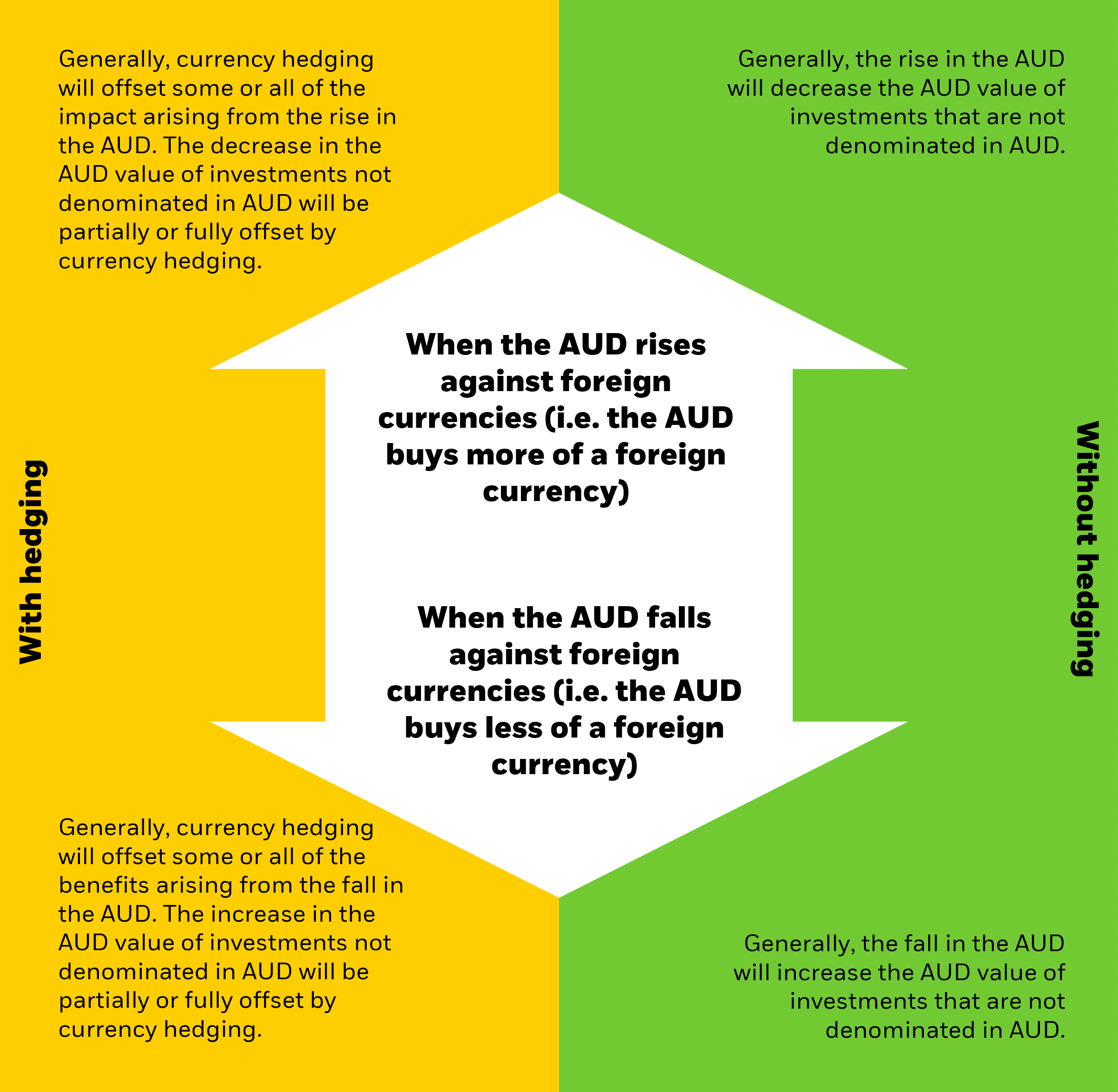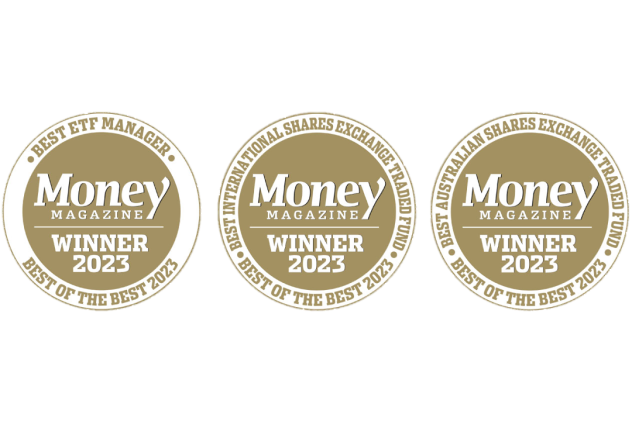IOZ – iShares Core S&P/ASX 200 ETF
This product is likely to be appropriate for a consumer seeking capital growth with a medium to high risk/return profile. This product is unlikely to be appropriate for a consumer with a short investment timeframe.
To reach a different BlackRock site directly, please update your user type.

ETFs can give you access to hundreds of international or local companies in a single trade for a low cost.

IOZ – iShares Core S&P/ASX 200 ETF
This product is likely to be appropriate for a consumer seeking capital growth with a medium to high risk/return profile. This product is unlikely to be appropriate for a consumer with a short investment timeframe.
IVV – iShares S&P 500 ETF
This product is likely to be appropriate for a consumer seeking capital growth with a medium to high risk/return profile. This product is unlikely to be appropriate for a consumer with a short investment timeframe.
Most investors would generally agree that the primary goal of investing is to generate the highest possible return for the lowest risk. Diversification can help you obtain this balance. By spreading investments across asset classes, geographies and sectors, investors lower their risks as the poor performance of one investment can be offset by stronger performance in another, and vice versa.
The iShares Core S&P/ASX 200 ETF, IOZ, tracks the internationally recognised S&P/ASX 200 index which comprises the largest 200 companies in Australia by market cap, which gives investors access to more than 80% of the total market capitalisation of the Australian equity market. Close to 50% of the ASX 200 market cap is made up of 10 stocks (including BHP, CBA and CSL) which gives you significant exposure to the very largest companies in Australia today as well as diversified exposure to the remaining 190 stocks by size.
While Australian equities are attractive in terms of dividend yield, the size of the local stock market only represents around 2% of the global market (as at 31 July 2023). This is a small pond to be fishing in for returns and it’s very sector specific too.
Looking at the table below, it’s clear an Australian equity profile works well if you’re building a portfolio that seeks to gain exposure to the financial and mining sectors. However, for a broader set of exposures, for example the technology industry, having a healthy dose of international equities in a portfolio can increase potential for better overall fund performance. It can also reduce concentration risk with broader exposure to assets across sectors and regions. The iShares Core S&P 500 ETF, IVV, tracks the S&P 500 index giving access to the top 500 U.S. stocks in a single fund including Amazon, Apple, Microsoft, and NVIDIA.
| SECTOR | IOZ - ASX200 | IVV - S&P 500 |
|---|---|---|
| Financials | 28.44% | 12.78% |
| Materials | 23.94% | 2.47% |
| Health Care | 9.28% | 13.37% |
| Information Technology | 2.40% | 27.96% |
BlackRock based on holding data as of 24 July 2023
When investing in international ETFs exposures such as the iShares Core S&P 500 ETF (IVV) investors need to consider currency risk. Changes in the value of the Australian dollar may impact returns- specifically changes in the AUD USD exchange rate affect the AUD value of international investments. Investors wishing to reduce the impact of currency exchange rates may consider allocating some of their investment into a currency hedged version of the ETF such as the iShares S&P 500 (AUD Hedged) ETF (IHVV). Currency hedged exposures can help minimise the volatility of returns arising from exchange rate fluctuations.
When deciding whether to invest in a currency hedged ETF it is worth considering that hedging isn’t free and fees on hedged ETFs typically are slightly higher. Historically, the Australian dollar (AUD) has been seen as a ‘risk currency’ relative to the USD, meaning it typically decreases in value in response to a negative change in risk sentiment (and vice versa). This means that, for Australian investors in US equities, unhedged exposure has tended to cushion AUD returns in times of market volatility. In short, there is no right or wrong answer as to whether you should invest in a hedged or unhedged ETF. It is down to investor preference as there are pros and cons to both.
EFFECTIVENESS OF HEDGING UNDER DIFFERENT CURRENCY SCENARIOS

For illustrative purposes only.

We’re proud to have won three Money Magazine Best of the Best Awards 2023.